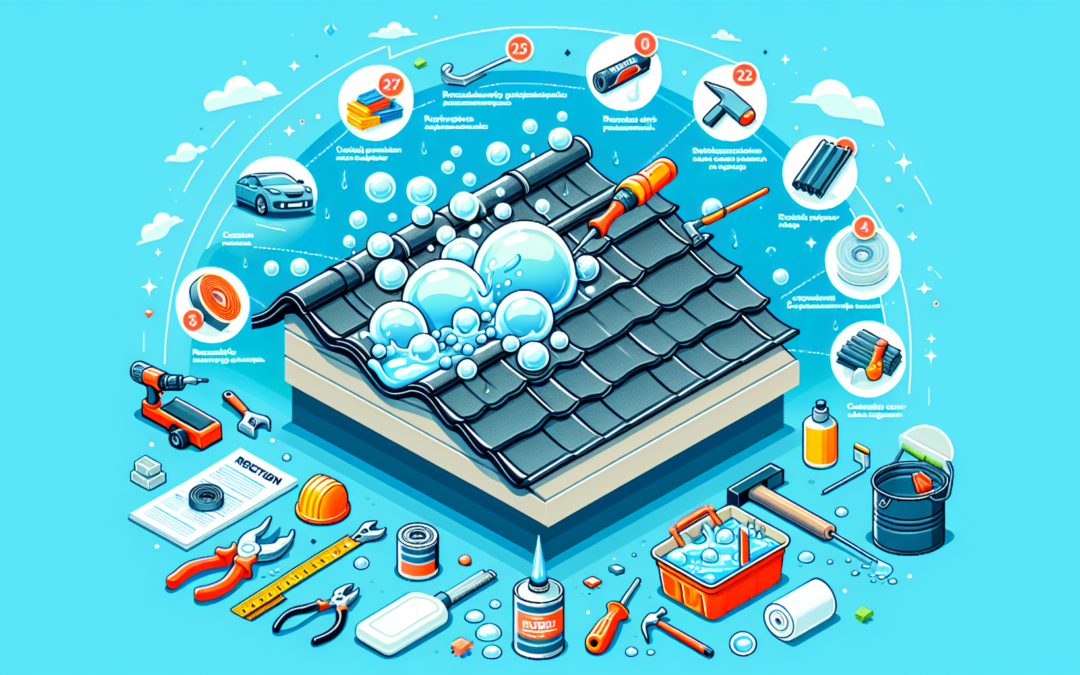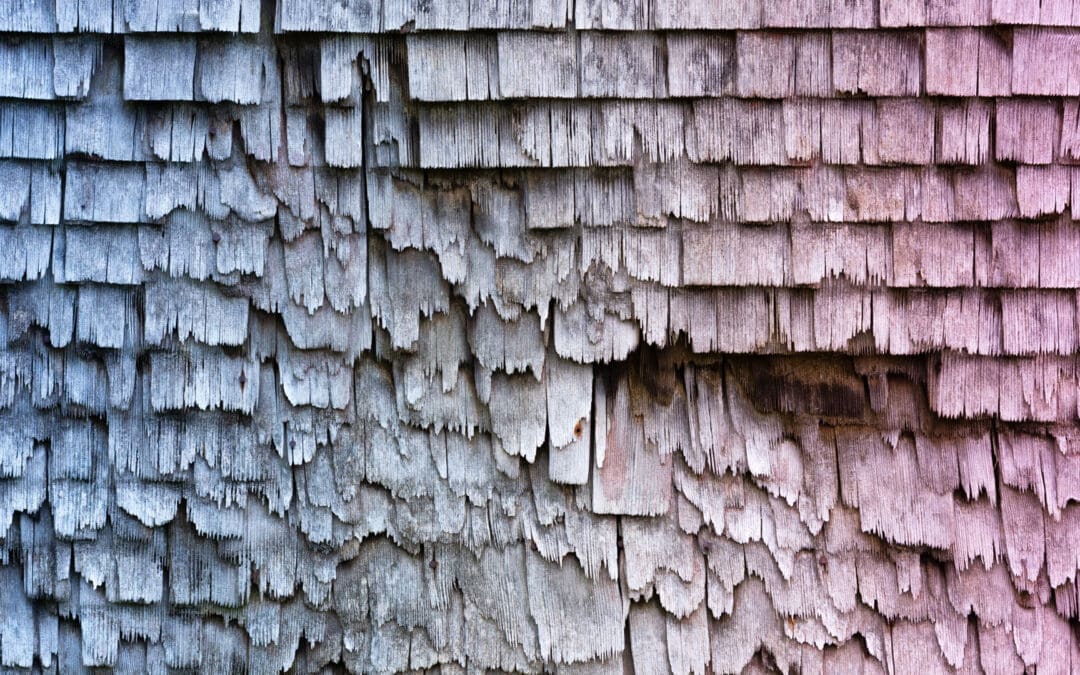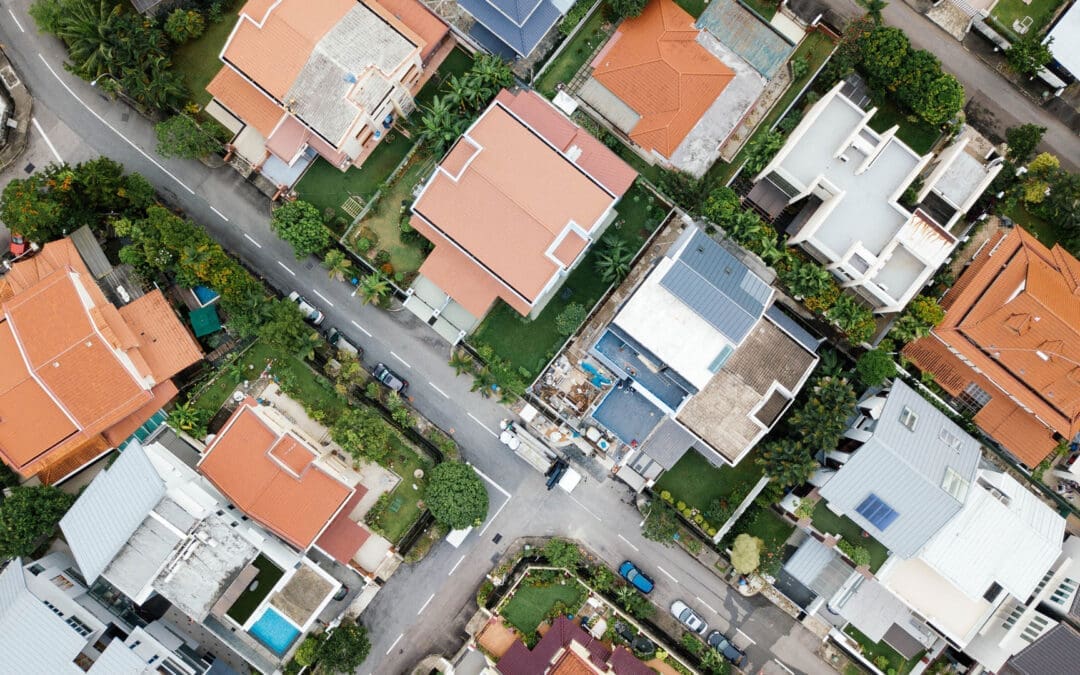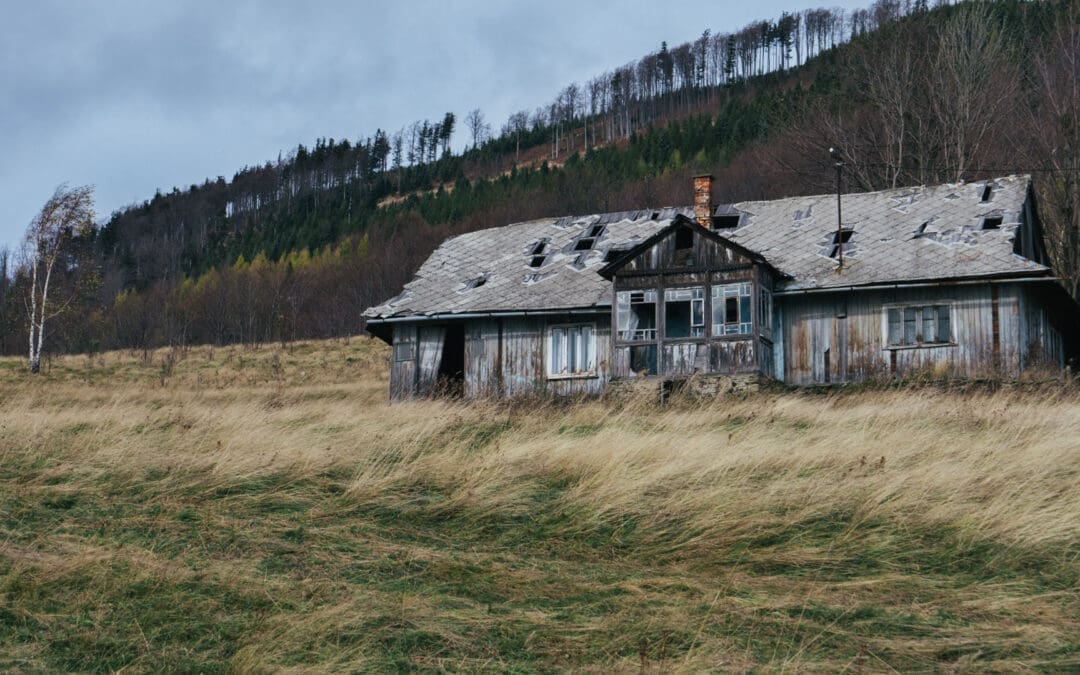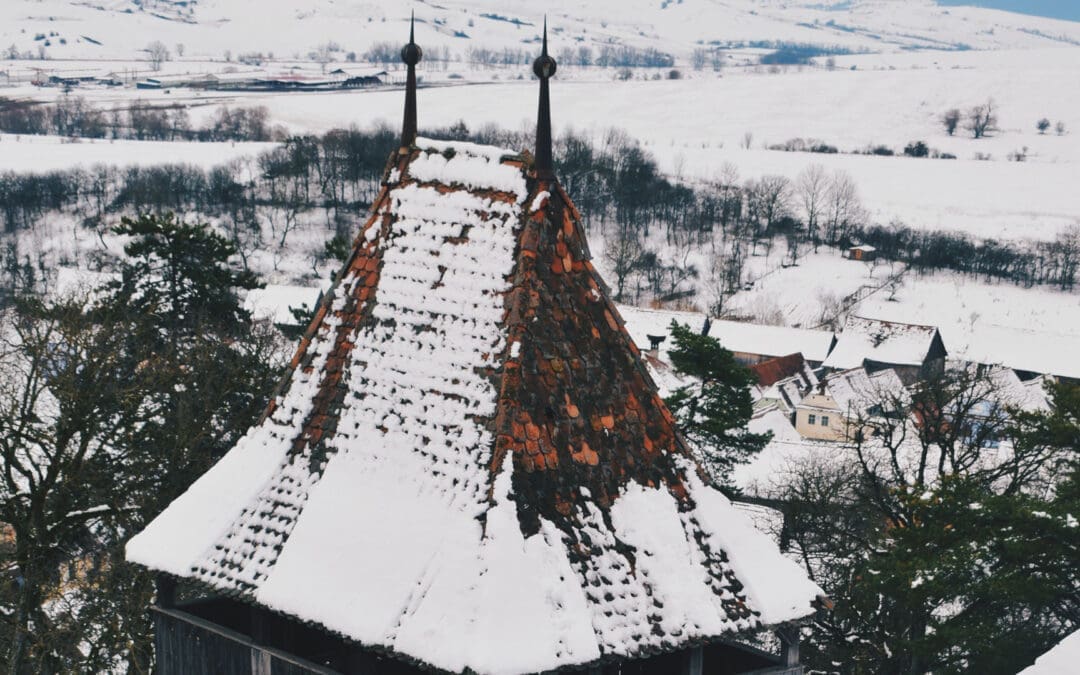
Residential Roof Slopes & How They Affect Estimates
Do you even slope, bruh?
Hey there, friendly neighbors! Have you ever gazed up at the rooftops of our lovely community and wondered why some houses have steep slopes while others flaunt a more gentle incline? Well, wonder no more, because today we’re diving into the fascinating world of residential roof slopes. From the classic A-frame to the sleek modern flat roof, each pitch brings its own unique style and set of pros and cons. So grab a comfy chair and let’s chat about the differences, costs, and all the cozy details that make our homes both beautiful and functional.
Table of Contents
- The Classic Gable Roof (Steep Slope)
- The Stylish Hip Roof (Moderate Slope)
- The Minimalist Flat Roof (Low Slope)
- The Quaint Mansard Roof (Variable Slope)
- The Budget-Friendly Skillion Roof (Single Slope)
1. The Classic Gable Roof
Pros:
- Water and Debris Shedding: With that steep pitch, rain and debris have a one-way ticket off your roof, reducing the risk of leaks and damage.
- Attic Space: That extra room up top is a wonderful bonus for storage or even converting into a cozy living space.
- Classic Appeal: Gable roofs are the epitome of traditional home design, giving your house that warm and welcoming vibe.
Cons:
- Wind Vulnerability: Those peaks can catch a lot of wind, which might require additional bracing in areas prone to storms.
- Maintenance Costs: While the slope aids in shedding debris, the intricate design can lead to higher installation and repair costs.
2. The Stylish Hip Roof
If you’re in the market for something a touch more modern but still neighborly, consider the hip roof. It’s like the gable’s sophisticated cousin – all sides slope down gently, creating a pyramid-like shape. This sleek design isn’t just about aesthetics; it’s also quite stable and can withstand windy weather like a champ. So if you’ve got a love for clean lines and a bit of flair, the hip roof might be your calling.
Pros:
- Wind Resistance: The slopes on all sides make the hip roof great for areas with strong winds, reducing the risk of damage.
- Stable Structure: The design’s stability can potentially lead to fewer repairs over the years, saving you money in the long run.
- Modern Charm: Hip roofs bring a touch of modern elegance to your home’s exterior.
Cons:
- Complex Construction: The intersecting slopes can be a bit more complex to construct, which might translate to higher installation costs.
- Limited Attic Space: The sloping sides might limit the amount of usable attic space compared to a gable roof.
3. The Minimalist Flat Roof
Now, if you’re all about sleek lines and a contemporary vibe, the flat roof might just be your match made in architectural heaven. Though it might not seem as common in our neck of the woods, flat roofs have their own unique charm. They’re easy to clean, offer a modern look, and they can even double as an outdoor living space. Just picture yourself stargazing on your own rooftop patio – how cool is that?
Pros:
- Modern Aesthetics: If you’re into minimalist design, the clean lines of a flat roof can make your home stand out.
- Usable Space: Utilize that flat rooftop as an extra outdoor living area, garden, or even a place for solar panels.
- Easy Maintenance: Cleaning off leaves and debris is a breeze on a flat surface.
Cons:
- Drainage Challenges: Without a steep slope to help, flat roofs can experience drainage issues if not properly designed.
- Maintenance Intensity: While cleaning is easy, flat roofs might need more regular inspections to catch potential leaks or other problems early.
- Less Insulation: The lack of a steep pitch means less room for insulation, potentially affecting energy efficiency.
4. The Quaint Mansard Roof
If you’re looking to combine classic charm with added space, say hello to the mansard roof. This unique design features a steeper lower slope and a gentler upper slope, creating a double-pitched look that’s often used in historic buildings. The beauty of the mansard roof lies in its versatility – you can maximize your living space with an attic or an extra floor while keeping that cozy, cottage-like vibe.
Pros:
- Extra Living Space: Mansard roofs create a roomy attic or even an additional floor, perfect for expanding your home without extending its footprint.
- Historical Appeal: This style has a distinct, old-world charm that adds character to your home’s exterior.
- Potential Energy Efficiency: The extra space can allow for better insulation, potentially reducing heating and cooling costs.
Cons:
- Initial Cost: Constructing a mansard roof and converting the attic into usable space can be more expensive upfront.
- Maintenance Complexity: The variable slope design might require more attention to upkeep to prevent leaks and damage.
- Unique Appearance: While charming to some, the distinctive look might not suit everyone’s taste.
5. The Budget-Friendly Skillion Roof
Hey there, frugal neighbors! If you’re all about making the most of your budget while still keeping things stylish, the skillion roof might be your new best friend. This single-sloped design is sleek, modern, and incredibly cost-effective. It’s like the minimalist flat roof’s cousin, offering a simple and affordable solution that’s perfect for sheds, additions, or even the main house if you’re aiming for a contemporary feel.
Pros:
- Affordability: Skillions are often the most budget-friendly option, making them perfect for those who want quality without breaking the bank.
- Easy Drainage: With a single slope, drainage is straightforward and less prone to issues compared to flat roofs.
- Modern Vibe: The skillion’s clean lines lend a modern touch to your home’s exterior.
Cons:
- Limited Space: The single slope might limit attic or upper-floor space, depending on your home’s layout.
- Less Attic Ventilation: Without the traditional attic space, ventilation can be a bit trickier to manage.

